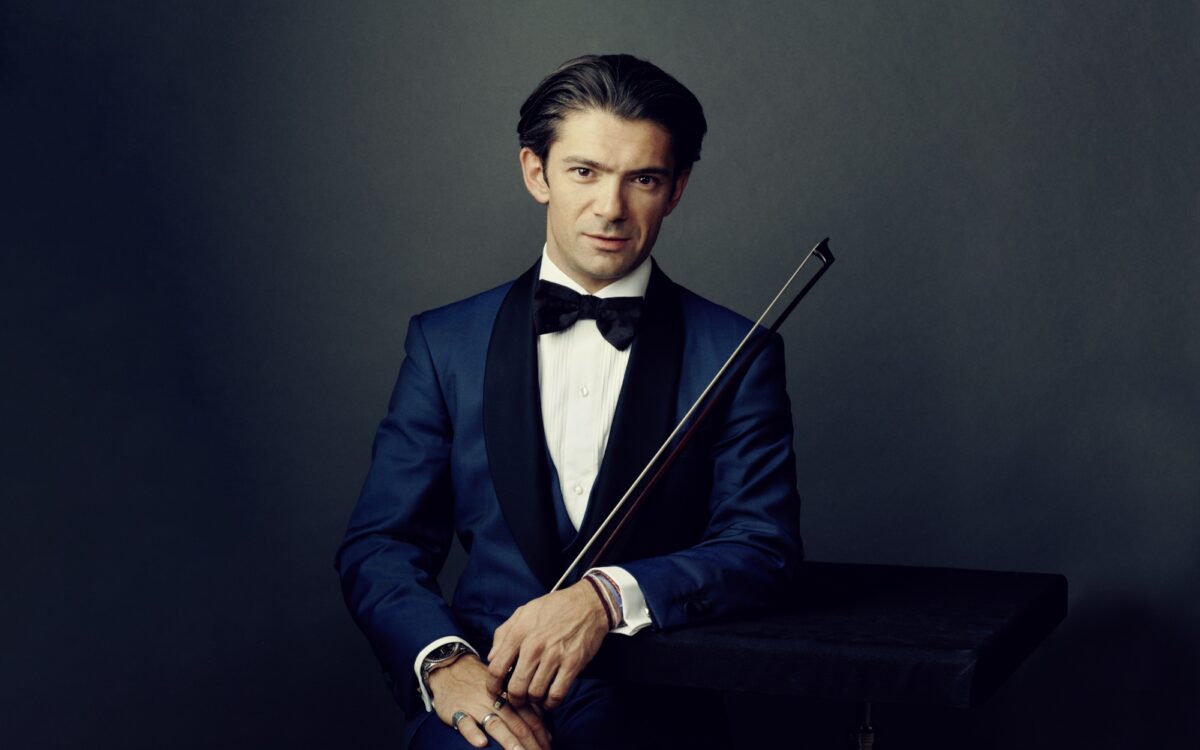Alborada del gracioso
Joseph Maurice Ravel was born in Ciboure near Saint-Jean-de-Luz, Basses-Pyrénées, in the Basque region of France just a short distance from the Spanish border, on March 7, 1875, and died in Paris on December 28, 1937. He composed Alborada del gracioso as a piano piece in 1905, orchestrating the work in 1918. The premiere of the orchestra version was given in Paris on May 17, 1919, Rhené-Baton conducting.
The score for Alborada del gracioso calls for piccolo, 2 flutes, 2 oboes, English horn, 2 clarinets, 2 bassoons, contrabassoon, 4 horns, 2 trumpets, 3 trombones, tuba, timpani, percussion (xylophone, crotales, triangle, cymbals, tambourine, castanets, side drum, bass drum), 2 harps, and strings (first and second violins, violas, cellos, and double basses). The piece is about 8 minutes long.
In 1905 Ravel composed a set of five piano pieces under the title Miroirs (Mirrors). Three of the five individual works—Une Barque sur l’océan, Alborada del gracioso, and La Vallée des cloches—were all later orchestrated. The most successful of these reclothed pieces is certainly the Alborada del gracioso. In its original keyboard format, the piece is filled with powerful accents and impossibly fast repeated notes that are a challenge to even the most gifted virtuoso. Such overwhelming technical demands almost cried out to be translated to the orchestra, especially for a composer like Ravel, to whom the art of transcribing from piano to orchestra was a welcome challenge, one that he met repeatedly with remarkable success.
The title of the piece is evocative, if a bit mysterious. “Alborada” is the Spanish equivalent of the French “aubade,” the Italian “alba,” and the German “Morgenlied,” all of them “dawn songs,” a characteristic genre from the lyric poetry of the Middle Ages. Generally they are conceived as being sung by a friend watching out for the safety of two illicit lovers. As the night wanes, the friend, outside the bedroom window, sings that the dawn is approaching and that it is time for the lovers to part. (In Act II of his opera, Wagner employed the same genre of the “dawn song” in Brangäne’s unheeded warning to Tristan and Isolde that the night is drawing to its end.) As such, the poem of a song—and any music that would accompany it—is likely to be of a sentimental cast.
It is the second part of Ravel’s title that is uniquely elusive, for this is the aubade of the “gracioso”—a buffoon, a jester, a clown. This “morning song” is not the end of a romantic interlude, but rather a vigorous Spanish dance, possibly somewhat comic in character, built up from a typical Iberian rhythm and the frequent opposition of 6/8 and 3/4 meters, often heard simultaneously in different instruments. But the rhythmic pattern here is treated with more variety than in the composer’s intentionally hypnotic Boléro, as the meter shifts occasionally from 6/8 to 9/8. The introductory phrase, pizzicato in the strings, suggests a guitar refrain that recurs several times between “verses” of the song, which becomes a brilliant orchestral showpiece, presented with bright splashes of color and virtuosic solo interjections culminating in a glorious racket. As a real “dawn song,” the work would be catastrophic; in addition to waking the lovers, it would arouse the entire neighborhood. But it remains one of Ravel’s most colorful evocations of Iberian dance.
Steven Ledbetter
Steven Ledbetter, a freelance writer and lecturer on music, was program annotator of the Boston Symphony Orchestra from 1979 to 1998.
The first American performance of Alborada del gracioso took place at a concert of the Boston Orchestral Club on February 16, 1921, under the direction of Georges Longy, who conducted from manuscript (the orchestral transcription was published in 1923).
The first Boston Symphony Orchestra performance of Alborada del gracioso was given by Serge Koussevitzky on January 7, 1928, at Carnegie Hall in New York, subsequent BSO performances being led by Enrique Fernández Arbós (the BSO’s first Symphony Hall performances, in January 1929), Richard Burgin, Leonard Bernstein, Pierre Monteux, Eugene Ormandy, Seiji Ozawa, Bernard Haitink (including the most recent subscription performances, in February 2014), James Levine, Peter Oundjian, Lorin Maazel, Marcelo Lehninger, and Jacques Lacombe (the most recent Tanglewood performance, on July 8, 2016).


